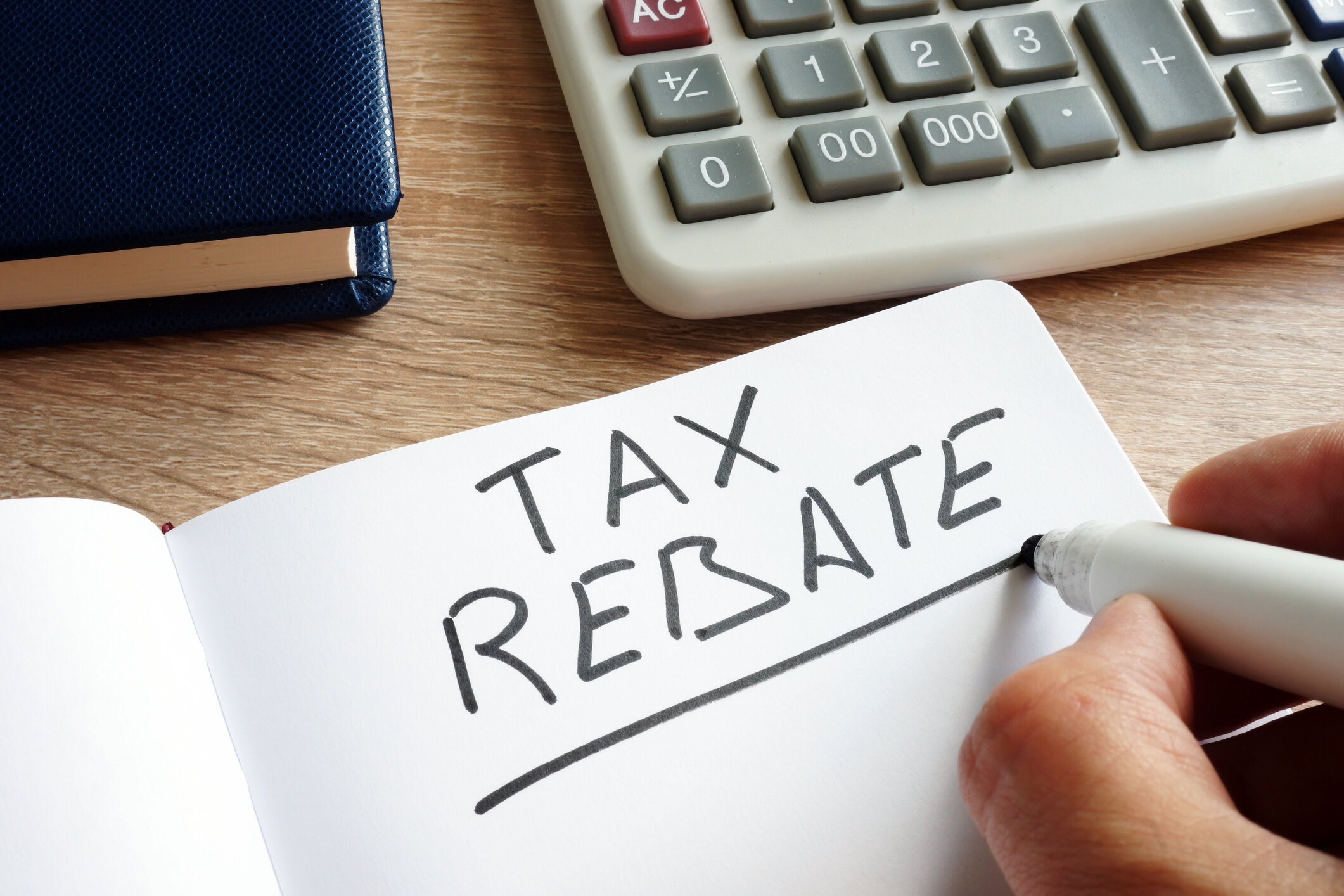With warmer weather just around the corner, you may be wondering if your utility bills are going to be as high as last year's. It's true that your energy bills have a lot to do with the HVAC system. So, maintaining energy efficient AC motors will certainly help keep energy usage lower and while also keeping your home cool and comfortable. Here's what to know about getting your AC motor ready for summer.
Energy Efficient AC Motors: AC Maintenance List
When speaking of an "AC motor," we're referring to the blower motor that drives the indoor blower fan. One of the things that helps the blower motor run more efficiently is to be free from dirt and grime buildup. That means staying on target with air filter changes. You don't want your air filter to become totally clogged up with dirt. It will slow down air movement and cause the blower motor to work harder and use more electricity.
Another task on your DIY AC maintenance list is clearing away debris and vegetation that may be hindering airflow at the outdoor unit. Keep at least 2 feet of free and clear space between the outdoor unit and any other vegetation or barriers. Spray the unit off with a garden hose to clean the fins.
Last on your list is keeping the supply air vents and return air grilles free of dirt buildup. This too can hinder airflow through the AC system, which uses up more energy and can degrade indoor air quality.
Energy Efficient AC Motors: Upgrading Your AC Unit
AC systems typically last about eight to 12 years. It depends on how well energy efficient AC motors are maintained, both pro and homeowner maintenance, and how often the system is used. If your AC is getting up there in years, you may be better served with energy efficient AC motors via upgrading to a new AC unit with a variable-speed motor. Variable-speed motors save energy and boost home comfort!
If you would like to schedule AC maintenance to promote energy efficient AC motors in your Broken Arrow home, contact us at Air Assurance today.

















